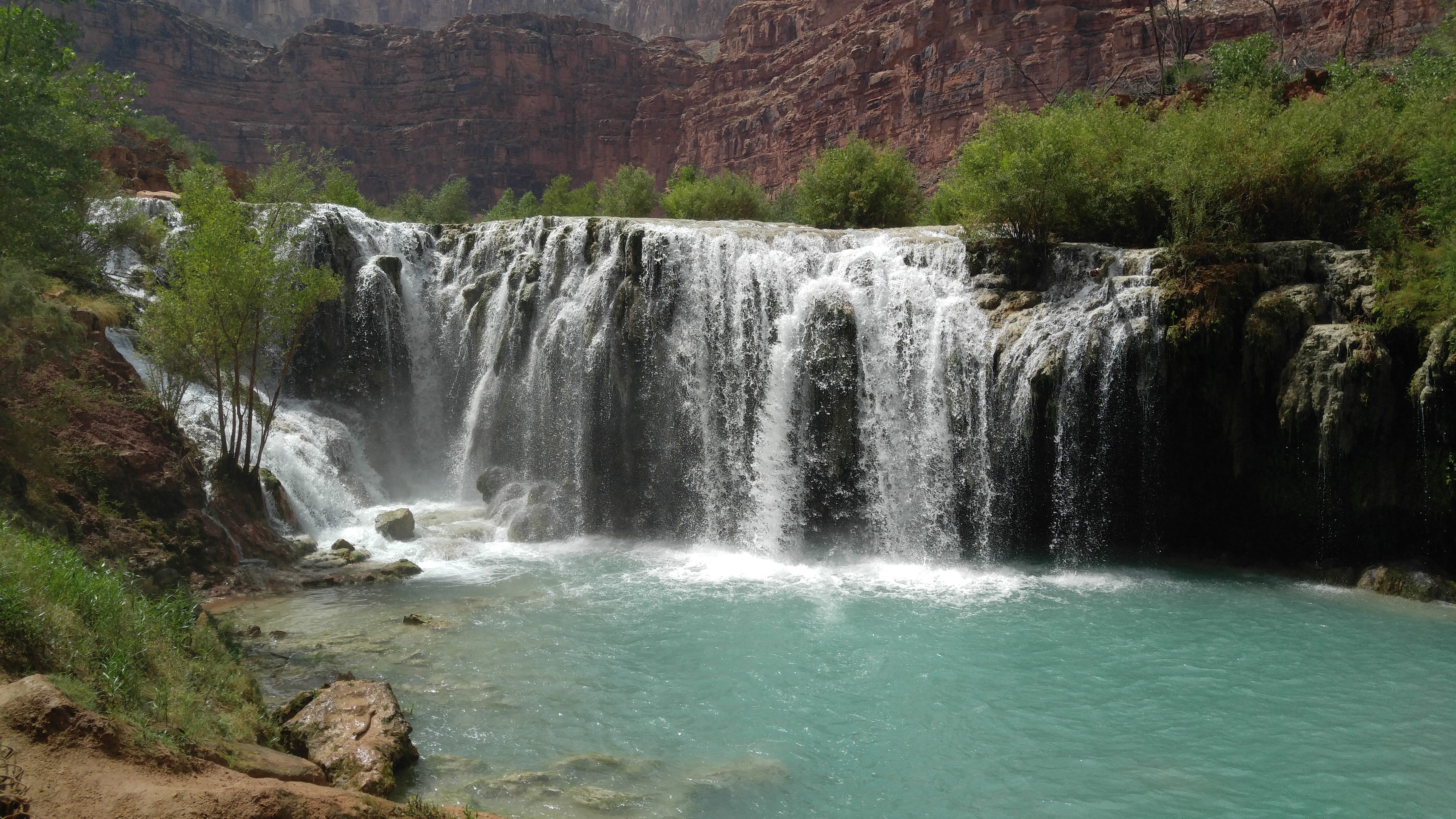Characterization of transport pathways of mining-related contaminants in water is a priority identified by the GCSP (PDF). The question of transport via groundwater is difficult to address, however, because of the scarcity of monitoring wells in the region and the costs and difficulty associated with drilling to deep aquifers. Laboratory studies will be conducted that will evaluate the potential mobility of uranium and trace metals derived from breccia pipe ores in groundwater. Experiments will expose water to different types of ore and different types of aquifer-hosting rock in sequence. The experiments will show how concentrations of uranium and trace metals can increase when water is exposed to ore, and then how those concentrations change when the water moves away from ore into aquifer-hosting rock. Geochemical modeling by computer simulations will be used to better understand the processes happening during the experiments that may also happen in the subsurface.
Findings1
Completed
Task 6: Compare water transport mechanisms in mined and unmined breccia pipe Task 7b: Collect/analyze water and sediment samples Task 9: Drill and develop groundwater monitoring wells
1
Bern, C., Campbell, K., Walton-Day, K., and Van Gosen, B., 2022, Laboratory simulation of groundwater along uranium-mining-affected flow paths near the Grand Canyon, Arizona, USA: Mine Water and the Environment, volume 41, 370–386, https://doi.org/10.1007/s10230-022-00872-9
Kate Campbell-Hay
Research Chemist
Geology, Geophysics, and Geochemistry Science Center
303.541.3035
kcampbell@usgs.gov
Carleton Bern
Research Soil Scientist
Colorado Water Science Center
303.236.6915
cbern@usgs.gov
